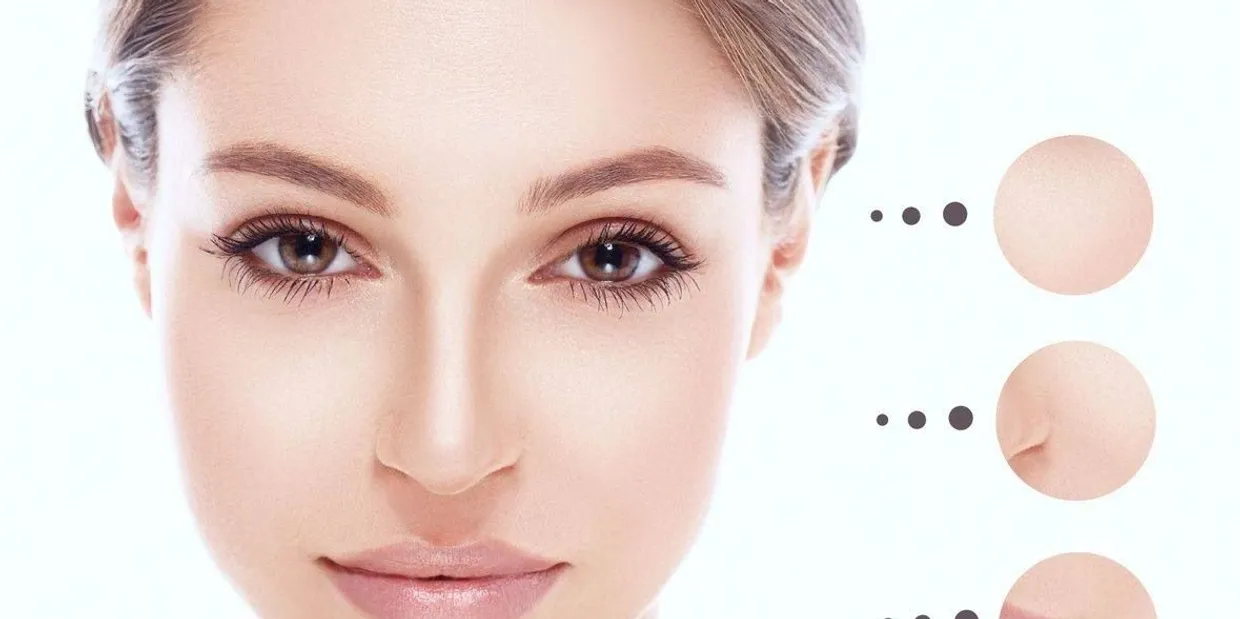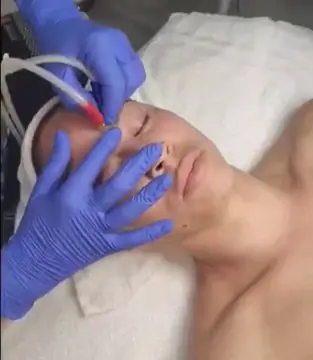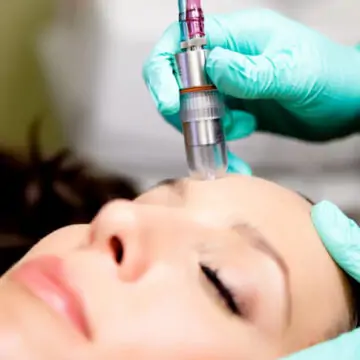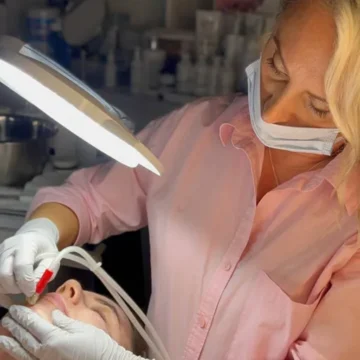Microdermabrasion is
It is a minimally invasive procedure used to renew overall skin tone and texture. It can improve the appearance of sun damage, wrinkles, fine lines, age spots, acne scarring, melasma, and other skin-related concerns and conditions.
It is considered a safe procedure for most skin types and colors. People might choose to get the procedure if they have the following skin concerns:
- fine lines and wrinkles
- hyperpigmentation, age spots and brown spots
- enlarged pores and blackheads
- acne and acne scars
- stretch marks
- dull-looking skin complexion
- uneven skin tone and texture
- melasma
- sun damage
Preparing
Microdermabrasion is a nonsurgical, minimally invasive procedure. There’s very little you need to do to prepare for it.
It a good idea to discuss your skin concerns with a skin care professional to find out if microdermabrasion is the right fit for you.
You may be told to avoid sun exposure, tanning creams, and waxing for about a week before treatment.
You may also be advised to stop using exfoliating creams and masks approximately three days prior to treatment.
Remove any makeup and cleanse your face before the procedure begins.
How Does Crystal Microdermabrasion Work??
Crystal microdermabrasion
Microdermabrasion is an in-office procedure that usually takes about one hour. It’s typically performed by a licensed skincare professional, who may or may not be under the supervision of a healthcare provider. This depends on what state you live in.
It’s not necessary to use anesthesia or a numbing agent for microdermabrasion.
During your appointment, you’ll be seated in a reclining chair. Your provider will use a handheld device to gently spray on the particles or sand away the outer layer of skin in the targeted areas. At the end of the treatment, a moisturizer as well as sunscreen will be applied to your skin.
Microdermabrasion was first approved by the U.S. Food and Drug Administration in 1996. Since then, hundreds of microdermabrasion devices have been produced.
There are a few different ways to do the procedure, based on the specific device used:
Crystal microdermabrasion uses a crystal-emitting handpiece to gently spray on fine crystals to rub away outer layers of the skin. Like the diamond-tip handpiece, dead skin cells are suctioned off right away.
The different types of crystals that may be used include aluminum oxide and sodium bicarbonate.
In our Spa we use Italian Sterile Microdermabrasion System ULTRAPEEL II
Hydradermabrasion is a newer method. It involves combining simultaneous dermal infusion of products and crystal-free exfoliation. The entire process stimulates collagen production and maximizes blood flow to your skin.
Make it possible Crystal Microdermabrasion
You can expect to see noticeable results immediately after the procedure. The number of microdermabrasion sessions needed will depend on the severity of your skin concerns as well as your expectations.
Diamond-tip handpiece
Fortunately, another option that doesn't carry as much risk is diamond microdermabrasion. In this type of treatment, dead skin cells are exfoliated and vacuumed off the face with a machine that uses tips covered in tiny diamonds.
The diamond tips—together with the strong suction—make it possible to exfoliate the skin more thoroughly than other procedures. With the flexibility of using different suction levels, it also increases blood flow to the skin, and that in turn helps to produce collagen.
This procedure lessens the likelihood of particles getting into and causing damage to the eyes or mouth and is regarded as an especially safe form of treatment. Not only that, it is also known to be very effective on deep acne scars or old stretch marks.
If you're looking for fast, reliable treatment for skin issues like wrinkles, fine lines, acne scars, uneven skin tone, or stretch marks, you might consider getting this procedure.
A diamond-tip handpiece is designed to gently exfoliate dead cells in your skin. At the same time, it will suction them off immediately.
The depth of the abrasion may be affected by the pressure applied on the handpiece as well as how long the suction is allowed to remain on the skin. This type of microdermabrasion applicator is generally used in more sensitive facial areas, like close to the eyes.








